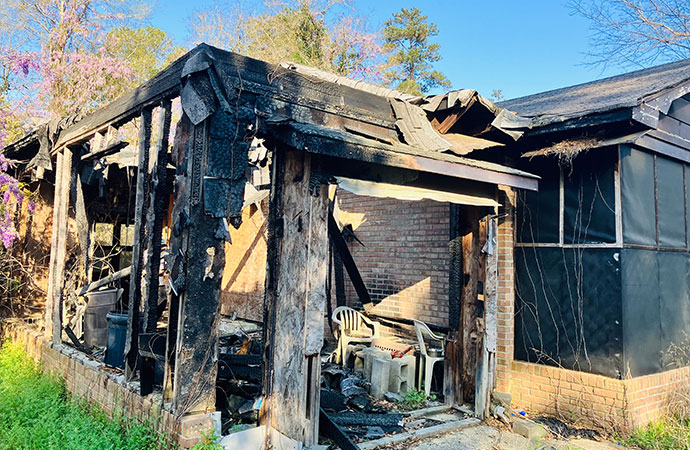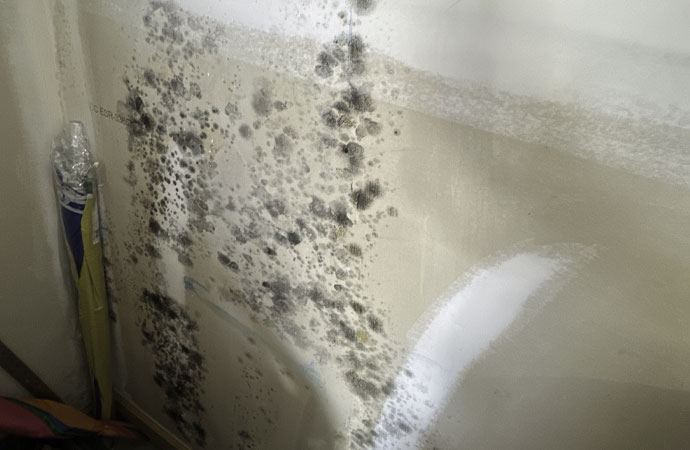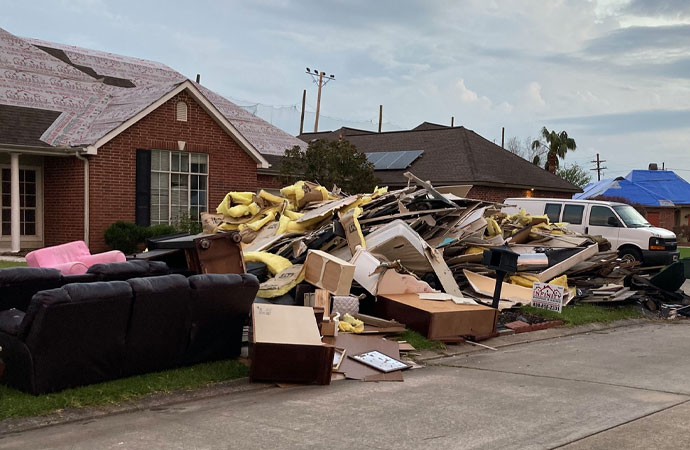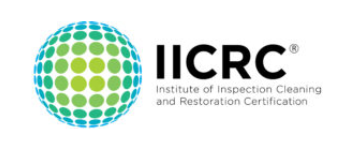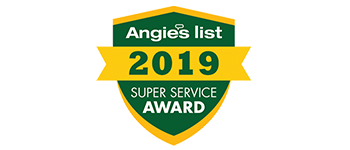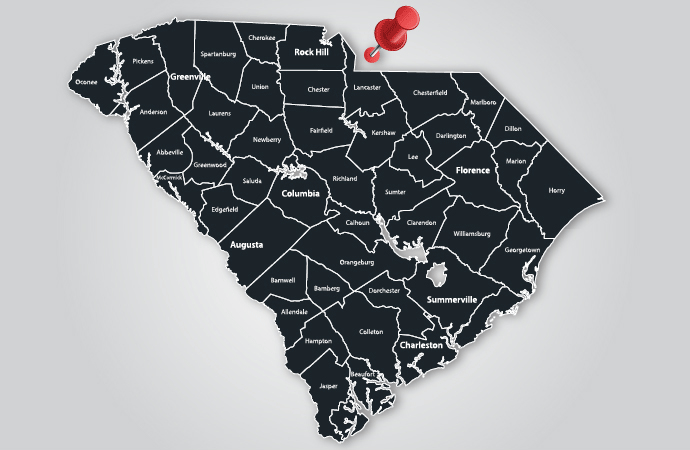Damage Restoration Experts Near You
24 Hour Emergency Water Restoration, Fire Cleanup & Mold Remediation

About Kingsley Water Damage & Fire Cleanup
Based in Columbia, Kingsley Water Damage & Fire Cleanup stands as a beacon of excellence and reliability in handling water damage, fire restoration, duct cleaning, and mold remediation challenges. Our family-owned business has established itself as a leader in emergency response and restoration services, not only in Columbia but throughout South Carolina. With 24-hour emergency water damage dispatch, our commitment to excellence extends beyond local boundaries, reaching out to assist nationally in the wake of major disasters.
Learn More About Us
We know that when you have a disaster, the last thing you need is an unreliable or inexperienced restoration company. That is why we hold our technicians to the highest industry standard to ensure that we can stand by our restoration jobs each and every time.
Insurance Assistance for Water or Fire Damage Claims

At Kingsley Water Damage & Fire Cleanup, we prioritize your peace of mind during the challenging times of handling water damage. We understand that dealing with insurance claims can be overwhelming, which is why we offer specialized assistance directly to homeowners and business owners. Our approach is straightforward and transparent – we work directly on your behalf and handle billing with the insurance company, ensuring a seamless process.
Our collaboration with all insurance companies is built on a foundation of trust and expertise. We ensure there are no unexpected bills for you, even in cases of disputes with insurance providers. Our use of industry-standard estimating software, which is also used by most insurance companies, guarantees fair and accurate pricing. This software evaluates the extent of the work done, eliminating any uncertainties about the costs involved.
When you contact Kingsley Water Damage & Fire Cleanup, you’re not just getting restoration services; you’re gaining a partner who will guide you through the intricacies of insurance claims. Reach out to us first, and let us navigate the complexities of insurance claims for you, making the process as stress-free as possible.
What You Can Expect From Kingsley Water Damage & Fire Cleanup
Innovative Approach to Restoration
At Kingsley Restoration, we believe in staying ahead of the curve. We employ the latest and most advanced restoration protocols and technology in our industry. This commitment to innovation not only improves the efficiency of our services but also ensures that our methods are safe, reliable, and yield the best results for our clients.
Drying Over Demolition: A Pioneering Method
One of our core specialties in water damage restoration is our focus on drying over demolition. This approach is not just innovative but also cost-effective and time-saving. By prioritizing drying methods, we significantly reduce the need for extensive demolition and reconstruction, which in turn minimizes downtime and the overall cost of insurance claims. This approach aligns with the latest IICRC standards, ensuring that our methods are not only effective but also adhere to industry best practices.
Clean Guarantee
We prioritize not just the restoration but also the cleanliness and safety of your environment following water damage or fire and smoke incidents. Our commitment to health and cleanliness is unwavering, and we ensure this through our dedicated cleaning processes.
Sanitization in Water Damage Restoration
Water damage, whether due to flooding, leaks, or other causes, can lead to the growth of harmful microbes, including mold and bacteria. To combat this, we use an all-natural botanical anti-microbial solution in our water damage restoration process. This eco-friendly approach ensures that all affected surfaces are thoroughly sanitized, reducing the risk of health hazards while being gentle on the environment. Our botanical anti-microbial is effective in eliminating a broad spectrum of microbes, providing you with a safe and clean space post-restoration.
Verified State Licensed, Certified and Insured Restoration Company

In South Carolina, small businesses are not mandated to have workmen’s compensation coverage. This can leave property owners vulnerable if a contractor is injured while working on their property. At Kingsley, we prioritize your protection and peace of mind. That’s why, even though it’s not required by law, we carry workmen’s compensation insurance. This ensures that if an unfortunate incident occurs during our work on your property, you are not held liable.
In addition to workmen’s compensation, we also carry several other insurance policies, including pollution (mold) liability insurance. It’s important to note that general liability insurance does not cover mold-related issues. Mold remediation can be complex and requires specialized handling, which is covered under pollution liability insurance. This coverage is crucial given the potential health risks and property damage mold can cause.
When you request a quote from us, we strongly recommend that you also ask for proof of our pollution (mold) liability and workmen’s compensation, along with our general liability insurance. We believe in transparency and are happy to provide these documents for your assurance.
If you find our estimate to be higher than others, it could be because other companies may have overlooked certain aspects of the job or might not carry the comprehensive insurance coverage that we do. While it might be tempting to choose a lower bid, the lack of adequate insurance can result in significant risks and costs down the line.
Common Questions About Water Damage Restoration in South Carolina
At Kingsley Water Damage & Fire Cleanup, our focus is on efficiently halting the spread of water damage, utilizing our expertise to restore your home safely and effectively. Understanding that each situation is unique, we adapt our approach to meet your specific needs while working transparently with insurance providers to streamline the restoration process. Here are helpful frequently asked questions about our services:
- Homeowners: Most homeowners insurance policies cover emergency water damage. The insurance typically covers the mitigation and restoration costs.
- Tenants: Tenant insurance might not cover water damage, so it’s crucial to check individual policies.
- Estimation: Providing an exact upfront cost is challenging due to varying factors like drying time and material damage extent. However, we work closely with insurance companies, using the same estimating software, which generally aligns our costs with insurance expectations.
Immediate mold growth after a water emergency is unlikely but not impossible. Rapid water removal and drying are key to preventing mold. We can also assist with mold testing and duct cleaning if needed.
Sudden water discharge incidents are commonly covered by homeowner’s insurance. We accept various insurance providers and work closely with them to ensure a smooth claims process.


